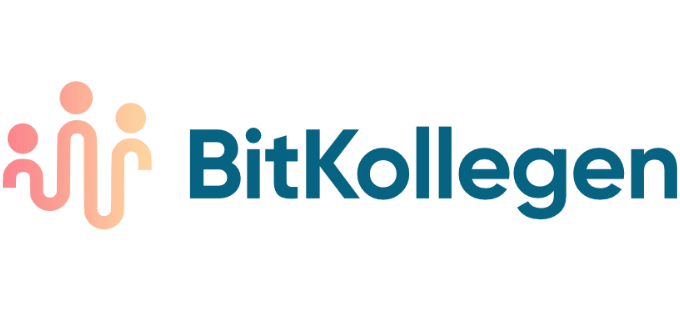Cost management in IT sourcing is crucial for companies to use their IT resources efficiently while optimizing operating costs.
Challenges in cost management
Cost management in IT sourcing brings with it a multitude of challenges that companies must overcome in order to remain efficient and competitive.
One of the biggest challenges is the complexity of IT infrastructures, which often consist of a mix of internal and external resources.
These hybrid environments require precise cost control and transparent reporting to avoid unexpected expenses.
Companies also need to ensure that their IT sourcing strategies are flexible enough to respond to changes in the business environment without letting costs spiral out of control.
Another critical aspect is the design of contracts with IT service providers.
Companies must ensure that their contracts contain clear and measurable performance indicators in order to regularly evaluate the services provided and their costs.
Hidden costs, such as fees for additional services or penalties for non-compliance with SLAs (Service Level Agreements), also play an important role here.
The lack of a thorough review and negotiation of contracts can lead to significant unexpected costs.
Cost reduction strategies
In order to manage IT sourcing costs effectively, companies should apply a variety of strategies.
One proven method is the implementation of automated cost monitoring and optimization tools.
These tools allow companies to collect and analyze real-time data about their IT spend, which can identify and exploit potential savings.
By using cloud computing services, for example, the need for expensive hardware investments can be reduced and flexibility increased.
Another important approach is the regular review and adjustment of the IT sourcing strategy.
Companies should continuously evaluate their requirements and objectives and ensure that their IT resources are being used efficiently.
This can be achieved through regular audits and benchmarking studies that help to measure and improve performance and cost efficiency.
In addition, training and sensitizing employees to cost management practices is of great importance.
By promoting cost awareness within the organization, unnecessary spending can be avoided and efficiency increased.
Open communication and collaboration between different departments, particularly between IT and finance, can also help to ensure effective cost management.
In summary, successful cost management in IT sourcing requires a combination of strategic planning, the use of modern technologies and a continuous review and adaptation of existing processes.
By implementing these measures, companies can reduce their IT costs and at the same time increase their competitiveness and ability to innovate.

